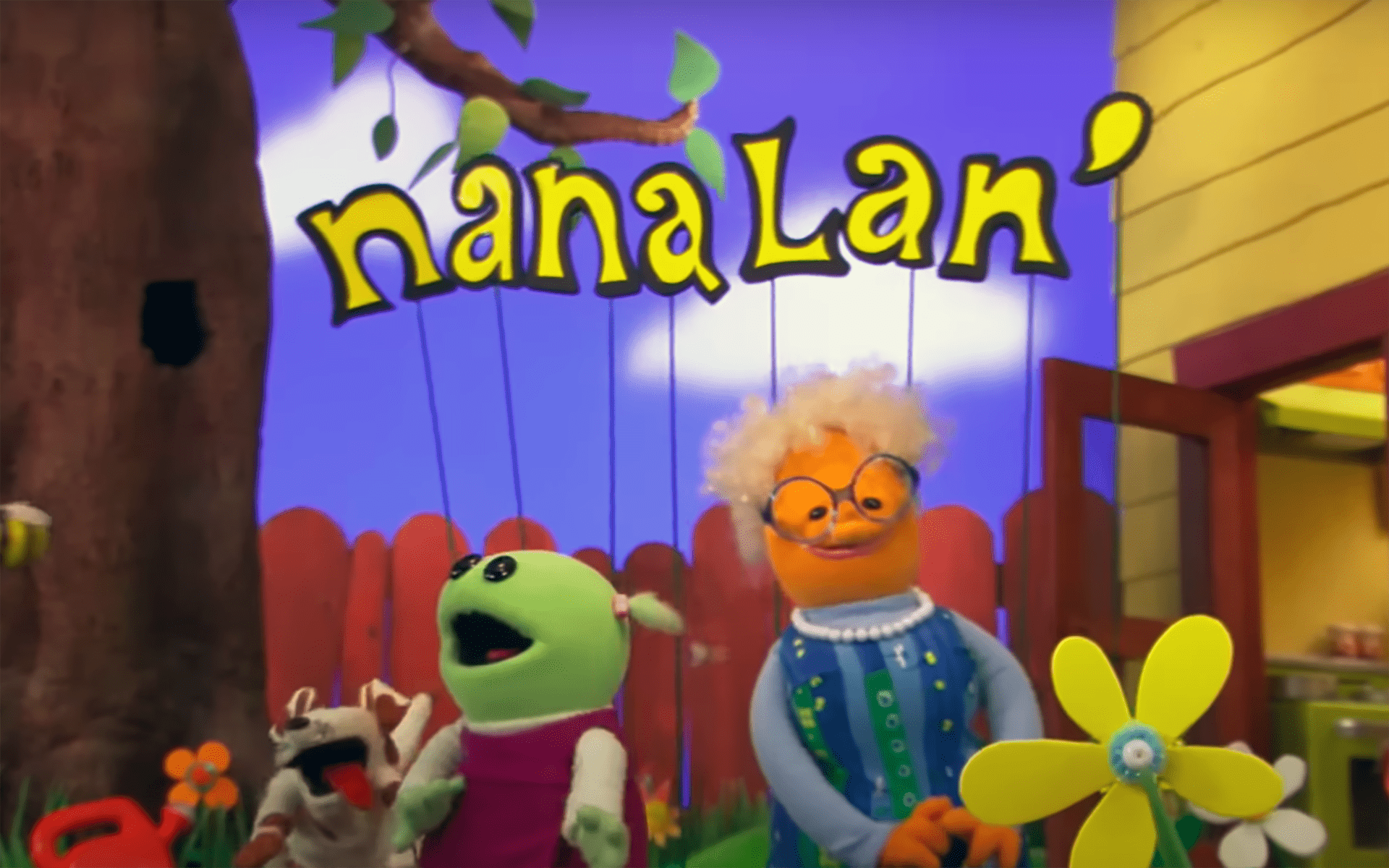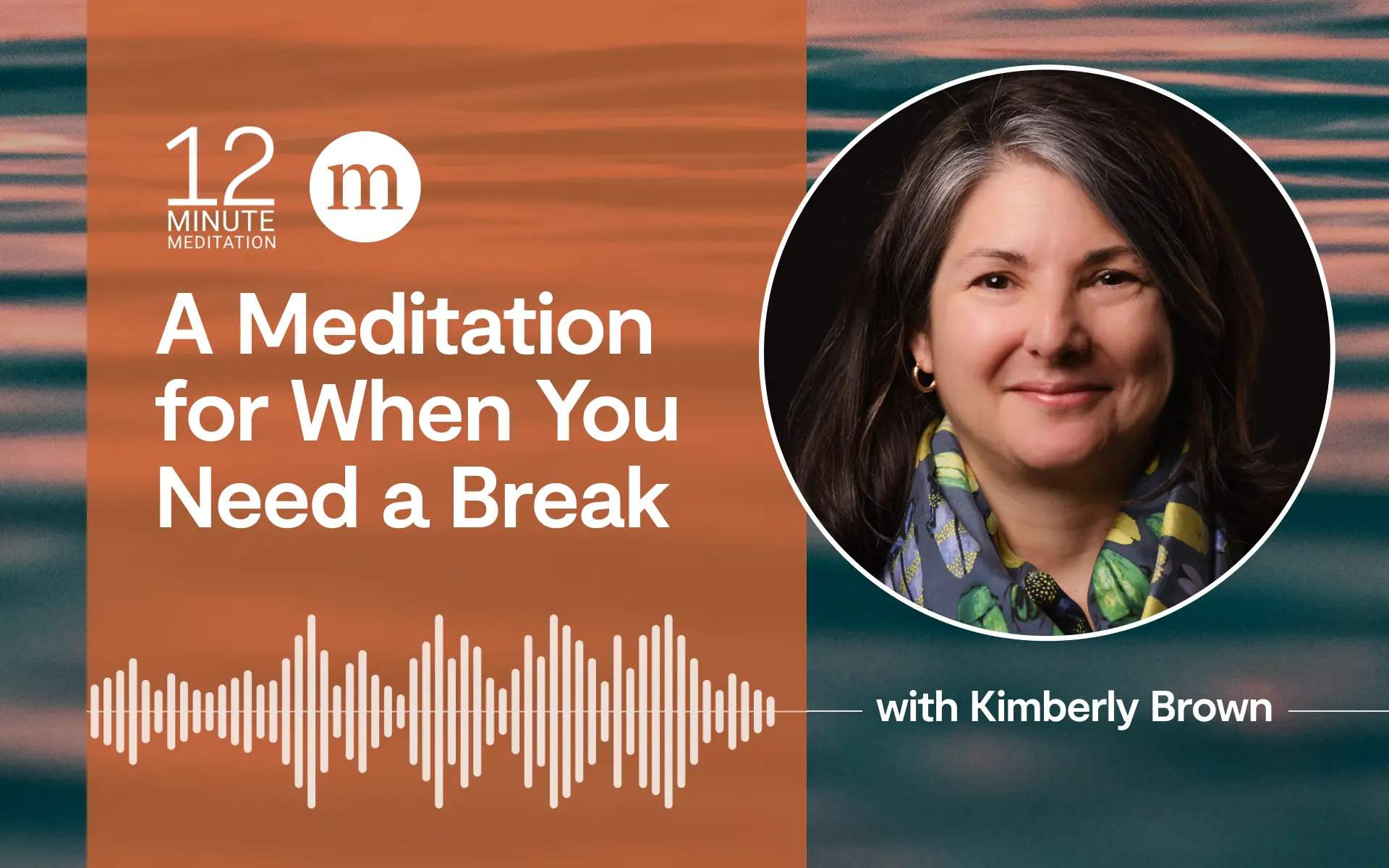In an era of unprecedented distraction, noise, screen addiction, and entertainment geared for shorter and shorter attention spans, we might need mindfulness more than we ever have.
“We’ve been surprised how many people out there just need a nice word and support and love,” says Jason Hopley, who co-founded Nanalan’, the now viral Canadian television program, with fellow Toronto-based creator Jamie Shannon. The two found an effective method of conveying mindful concepts like empathy, awareness, and acceptance to their young audience way back in 1999. They have a long history as friends and artists together, and Nanalan’ was inspired by their real-life experiences with their own grandmothers.
“With a 24 hour news cycle of awfulness, people are gravitating to positivity and joy and happiness. And that’s what the whole show has always been,” Hopley says.
Mindfulness for All Ages
If the growing movements in schools are any indication, it seems that many parents and educators agree: teaching mindfulness skills is crucial in this cultural moment.
But teaching mindfulness concepts, especially to very young kids, can be a unique challenge. Preschool-age children are still developing language skills. They’re much more immersed in direct physical experiences in their world, and often are just learning how to identify and name basic emotions.
Instead of just talking about mindful concepts, Nanalan’ is showing viewers all over the world what mindfulness looks and feels like. The relationships between the characters, especially Mona and Nana, actually model mindfulness more than teach it. And that feeling of what it means to live mindfully—with connection, kindness, honesty, and awe—is resonating in this cultural moment with millions of people, most of them grown-ups who recently discovered clips of the show via TikTok or YouTube.
More than 20 years after Nanalan’s creation, it seems that modeling mindfulness is working just as powerfully for adults as it is for kids.
Here’s what some are saying in the TikTok comments:





5 Ways Nanalan’ Models Mindfulness In a Distracted World
The more I spoke with Jamie and Jason, the more I realized: there are some important lessons we can take from these warm-hearted creators and their amazing show. Here’s how Nanalan’ models what it means to live mindfully.
1. By celebrating simplicity
The secret to Nanlan’s recent resurgence in popularity might be its quirky humor and earnest simplicity. The puppets and sets are pared down. There aren’t any special effects. And the stories are about real, everyday experiences that a typical toddler might have: exploring the backyard, getting muddy, trying new foods, watching a butterfly, taking a bath, spilling milk, breaking something and lying about it, caring for animals.
At its heart, mindfulness isn’t about creating some newer, shinier life. It’s about noticing and appreciating what’s magical about the everyday moments in our right-now life.
2. By slowing way down
If you watch most kids’ programs, everything zings and zooms by at incredible speed and volume. Characters are constantly shouting and heading off on hyper-speed missions to save the day. In Nanalan’, the dialogue moves at a much slower, natural pace, and this was an intentional decision for Jamie and Jason. “We said, let’s try to make something a little bit more at a child’s pace,” Jason says, “How do they see the world?”
“We said, let’s try to make something a little bit more at a child’s pace. How do they see the world?”
Jason Hopley
In fact, there are no scripts for the episodes; the conversations between the young Mona and her Nana are happening in real time, and you can sense how much more true-to-life those interactions are. Nana listens with care and speaks with intention, and that is a big part of the bond and the safety that exist between Mona and her grandma. As Jamie explains, “You get a far more authentic performance, where the characters are really reacting to each other. It creates a more real feeling, and it’s more engaged.”
Mindful awareness expands our capacity to truly be with one another, to listen and respond from a place of attention and presence.
3. By reconnecting with wonder
Nanalan’ offers a kids’-eye view of things, including tapping into the natural wonder that kids exhibit—that sense of awe at small things that we often lose as adults. We get to experience the world through Mona’s perspective and there’s an invitation to re-enter that world of wide-eyed enjoyment.
Mindfulness opens us up again to experiencing the fullness of the world around us— the joy in little things, the beauty of nature, the tenderness of connection.
4. By being gentle with yourself
Mona is three. Life doesn’t always go how she wishes it would. She gets upset. She makes lousy choices sometimes. Nana remains a steady presence, offering a safe place where Mona can break down and practice being kind to herself and others. We see that Mona is learning how to see herself through the vast, loving perspective of her grandma, and that love in turn flows out from Mona in tenderness towards friends, neighbors, pets, and the natural world.
One of the most powerful and counter-cultural aspects of mindfulness is the realization that self-love is an integral part of individual and communal well being. We get to extend the same care, attention, and forgiveness to ourselves that we do to others.
5. By being playful, silly, and authentic
There is no shortage of zany moments in the world of Nanalan’. Much of its fanbase loves the quirky sense of humor that the show embraces. Each character is uniquely themselves. The most popular Nanalan’ clip right now, viewed millions of times on TikTok, features Mona proudly giving a fashion show in her princess dress while Nana serenades her on the organ with the song, “Who’s That Wonderful Girl?” In their own ways, both Mona and Nana love to be goofy, and Nana shows how age does not have to dim your sense of humor and playful enjoyment of life.
@nanalanofficial Thewhole video can be viewed on Nanalan Official yu Tube #whosethatwonderfulgirl #wonderfulgirl #nanalan #princess #barbie ♬ original sound – nanalan’ official
Practiced over time, mindfulness creates the conditions for authentic living. We aren’t as preoccupied with what others think. We don’t have to take ourselves quite so seriously. As the Dalai Lama once said of himself, “I am a professional laugher.”
With kindness and intention, Jamie and Jason have managed to create a show that is as enjoyable as it is calming, and there’s a reason why so many people of all ages are responding to the characters and stories in this program. Pondering the influence of a show that’s now more than two decades old, and their joy as creators who are continuing to offer wisdom and care through Nana and Mona, Jamie says, “What we created then is exactly what people need now. We’re calling it the ‘Nanalution’.”







